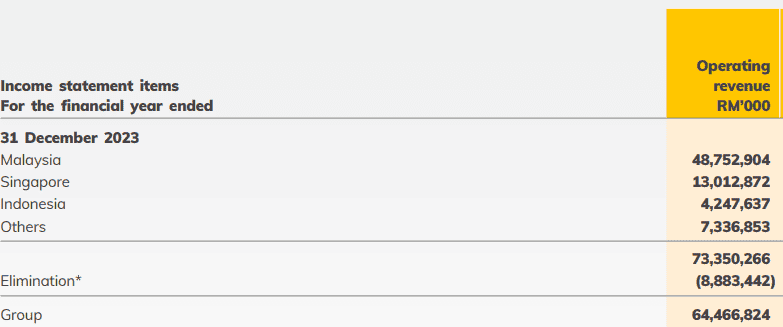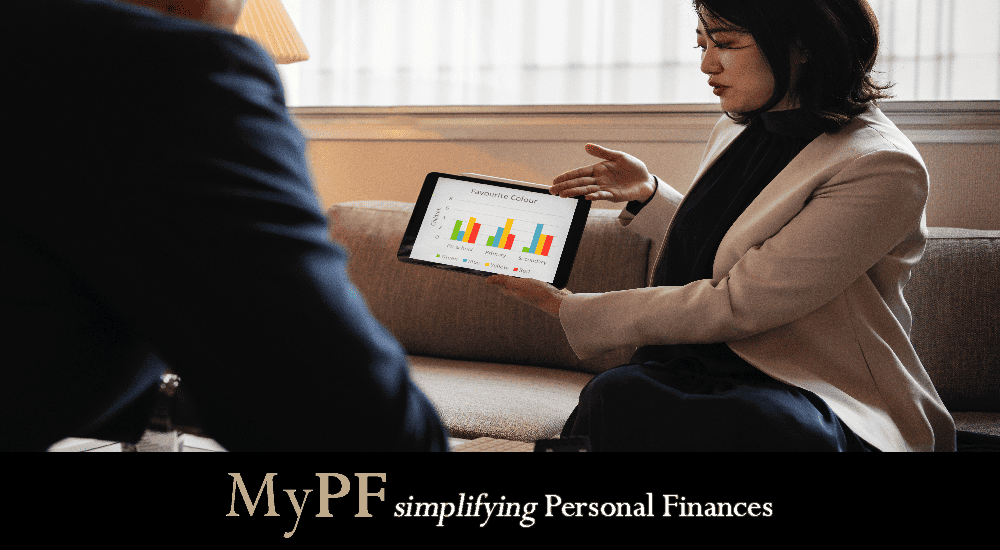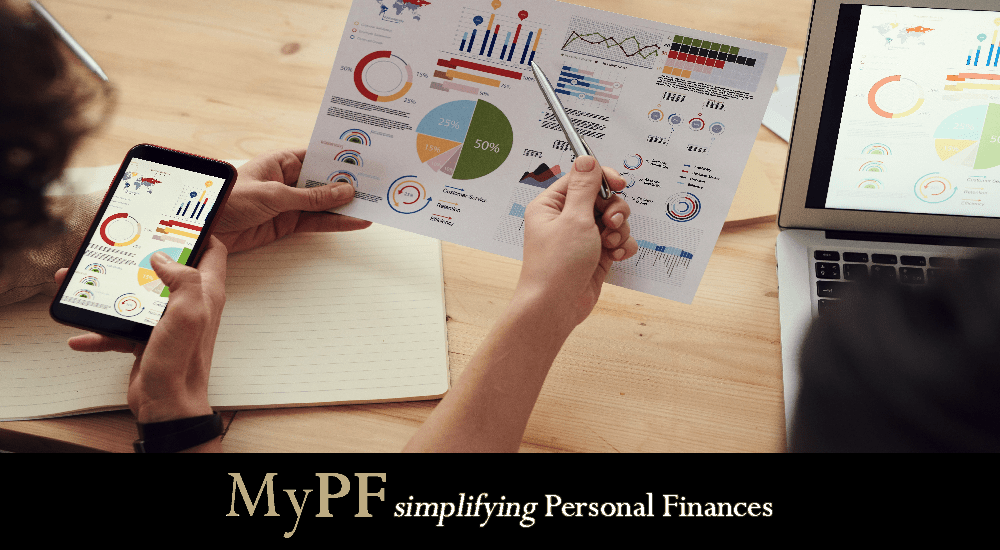Banish confusion! Reading company annual reports is not the same once you know what to look for.
Sometimes, investments are total mysteries to us. They capture our attention and imagination. But once we get down and dirty with the details, we can be overwhelmed by information and begin to lose hope that we will ever figure out where and how to properly begin.
Many have said to start with the company’s annual report. Luckily for us, these reports are easily found and downloaded but also they are thick at about 300 to 400 pages. For those of us who do not know what we are doing, it’s all Greek. It is frustrating when we don’t know how to navigate the report. Where do we even start? What information do you even need? And if we do know, where would we find them?
Don’t worry, this article will provide you with a step-by-step guide on how to best use an annual report!
Contents
#1: What Does the Company Do Or Sell?
The first step is figuring out what the company does or sells.
This information is typically in the first few pages of the annual report under the tile of “What We Do” or “Corporate Information”.
For example, this description of what Mr DIY does was found on page 5 of its annual report:
MR. D.I.Y. Group (M) Berhad is Malaysia’s largest home improvement retailer. MR. D.I.Y. stores offer a wide selection of products across five major categories, namely hardware, household and furnishings, electrical, stationery, and sports equipment, as well as others like toys, car accessories, jewellery, cosmetics, and food and beverages.
In simple terms, Mr DIY sells hardware, household, electrical, stationery, equipment, toys and all other home improvement products to customers. That’s straightforward.
Equivalently, a company can do a myriad of things. For example, Maybank is a Malaysian bank but it offers a variety of services such as consumer banking, corporate banking, investment banking, asset management, insurance, takaful, and Islamic banking (found on page 10).
This is where it gets complicated. Since it does so many things, what should we focus on? Have no fear, the annual report also has this information!
#2: Main Businesses and Clients
In their annual report, companies are required to disclose how much their business segments contribute to their revenue. And also, who or where their clients are from. We can find these breakdowns easily by searching for the keyword “Segment” and scrolling until we find something that resembles a table.
For example, going back to Maybank, it does have the breakdowns by businesses and countries on pages 250 and 252.

(image source: maybank.com)

(image source: maybank.com)
Now, why is it important to get this information?
Firstly, if the company has too many businesses, we would need to focus on the main businesses. In Maybank’s case, its consumer banking and corporate banking & global markets make up 91.5% of Maybank’s net interest income in 2023.
Secondly, a company is nothing without its clients. And in this case, Malaysians are Maybank’s biggest customers at 66% of revenue.
This information allows us to narrow down the research efforts on the important businesses of a company, and examine where its clients are coming from.
#3: Board and Management Team
How a company is run is reflected by who is on the board and management team. The board consists of directors appointed by the owners of the company. They will approve or reject any strategies and decisions brought to them by the management team,
The management team normally consists of the Chief Executive Officer (CEO), Chief Financial Officer (CFO), and other high-level managers. They are hired by the board.
This information can typically be found under the sections “Board of Directors” and “Management Team”. There are two main questions that we would need to answer.
- Are the board of directors and management team suitable for the company?
- Will they be able to grow the company’s value?
In summary, they have to be experienced, knowledgeable, savvy, and diverse.
#4: Financial Performance
We would only need to know two financial numbers from the annual report – revenue and net profit/income.
- Revenue is the amount of sales the company makes.
- Profits are what is left over after paying for all expenses.
On the annual report, this information is available in the section called “Income Statement”, “Financial Performance”, or similar. This is the one extracted from Maybank on page 3 of its financial statement.
In simple terms, we need to see whether both revenue and profits have been increasing in the past five years.
#5: Risks of the Company
We need to balance the pros and the cons of everything.
The annual report details all the risks of the company is facing. We can find them under the section named “Risks of the Company”, “Business Risks”, or any other names with the word “Risks”.
All companies are required by the authorities to tell us all of the risks. And they are audited by an independent third party to be as transparent as possible.
This is a summary of what Maybank has highlighted as its risks on page 48

(image source: maybank.com)
#6: Company Prospects
Once we have understood the company from the inside, we need to gaze into the future to predict the company’s future value. This is not easy but the company knows best about its prospects.
In the annual reports, they do talk about their prospects for the future. It’s just that we would have to read up quite a bit. The best place to find this is the Chairman’s and CEO’s statements at the beginning of the report.
For example, for Mr DIY, there is a section called “Outlook” on pages 17 and 18 of the CEO’s statement. It is a long one but we can look for specific sentences such as these:
- The expectation is that broad retail sales and specifically the home improvement sector in Malaysia are expected to recover post-COVID.
(In layman terms, sales to continue improving after Covid) - Value and white-label brands will become a significant part of household spending, creating an opportunity for us to cement our relationship with consumers.
(In layman terms, Mr DIY is focusing on selling their own brands and affordable products)
It will take some time to get used to the ‘corporate language’ but we can get information on the business prospects from the Chairman and CEO.
Just know that they are probably biased to talk about the good side of the company rather than the bad.
#7: Dividend Policy
Contrary to popular belief, we can accurately predict whether a company will give dividends through its annual report. All companies are required to tell investors what they plan to do with dividends.
We can find them also under the Chairman’s or CEO’s statement or under a specific section called “Dividend”. Here are the examples for Maybank and Mr DIY.
- Maybank: We have a policy of distributing between 40% and 60% of our net profit to our shareholders (page 16)
- Mr DIY: The Directors do not recommend the payment of any final dividend in respect of the current financial year (page 138).
Conclusion
An annual report is a treasure trove of information for everyone. However, it could be hard to navigate since it’s so long to read. However, if we follow this step-by-step guide, we can probably get all the required information in just half an hour. That would make things much easier!
Let us know in the comments below what difficulties you are having reading annual reports!













Leave A Comment